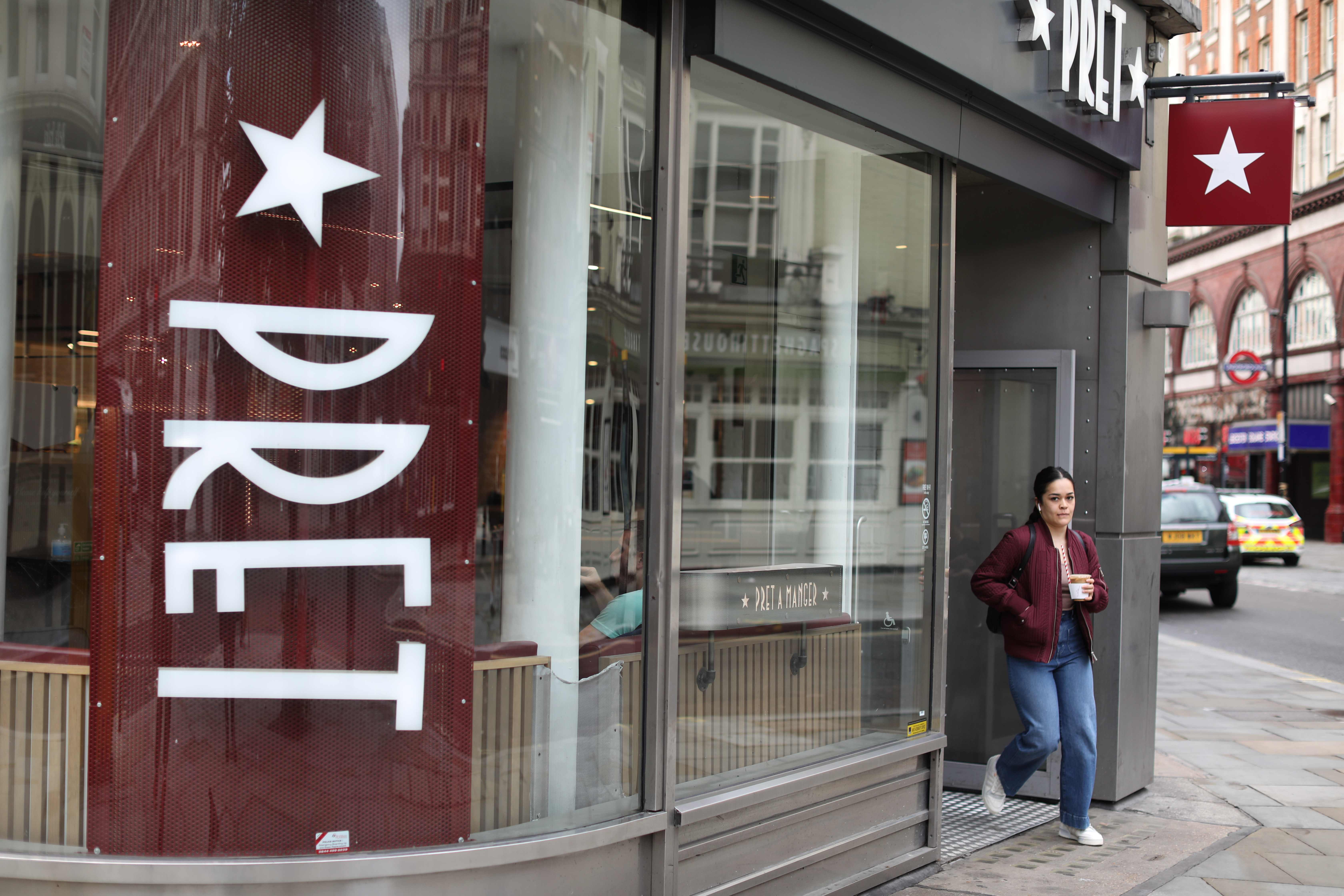We are in the middle of a ‘real time data revolution’ – and it could have huge implications for the future
Somewhere in the mass of data about our health and habits there will be clues as to how government and the food industry can help us live more healthy lives, writes Hamish McRae


The big reopening is happening. Or is it? We are so used to the string of contradictory statements about the economy that it is hard to know what to trust.
Take working from home (WFH). We know that some companies are encouraging their people back onto the office, while others are using the choice of WHF to attract staff. We all have our intuition as to where that will settle down – mine is that while there will be more remote working, office life will end up being pretty much as before. But our intuition may be wrong. We don’t really know what is happening, because the traditional data is always out of date. It tells us what was happening a month or more ago, and is usually revised anyway. It doesn’t help us understand the “now”.
Welcome to the real-time data revolution. There is a fun example of that in the Bloomberg Pret Index. Every week, Pret a Manger tells Bloomberg how their food and drink sales are going at different locations including the West End and City of London, central Paris and Hong Kong, and Midtown and Wall Street in New York. This is used to create an index, comparing sales with pre-pandemic levels. So last week the West End was 0.73, running at 73 per cent of the level of January 2020, while Hong Kong was 0.62, Midtown NY 0.51 – and so on (London suburbs are the only location where sales are up, by the way).
This, Bloomberg acknowledges, is an imperfect measure, so the work by the Office for National Statistics to pull together a range of real-time data is gold dust. Their latest clutch includes daily flights (highest since the week to 22 March 2020), online job adverts (131 per cent of the level in February 2020), proportion of people who leave home and wear a face-covering (95 per cent), numbers of company incorporations (8 per cent higher than the equivalent week in 2019), number of pedestrians and cyclists spotted on street cameras in Greater Manchester last weekend (up 56 per cent on the previous weekend) – and much more.
The general conclusion I would draw from all this is: yes, the recovery is cantering along pretty well but we are not yet back to business as usual by any means. What is great about all this is that the data is raw. It is not seasonally adjusted or changed in any way. It is not spun by commentators or politicians to fit a political agenda. And it is not what people think; it is what they do.
This has huge implications for the future. The world is awash with data. Just about everything we do is measured in some way, but we don’t think much about it. Those people walking or cycling in Manchester last weekend were not really aware that their movements were being counted and compared with the numbers on previous weekends. The difficulty is to know what to do with the data, turning all these numbers into something useful to society at large. Indeed there is so much stuff that the only way to sort it out is to use artificial intelligence to do so.
Of course AI needs to be directed and trained, and as with all information what emerges can be misused. Privacy matters. But if you think about the potential advances we can make in tacking social and economic problems, we are in the foothills of what may be achieved.
Take the current issue of the UK’s poor diet, and the National Food Strategy plan to tax sugar and salt in processed food to encourage food manufacturers to change their recipes. Taxing something to discourage its use is the standard response of government, but there may be better ways of persuading people to change their diets. Somewhere in the mass of data about our health and habits there will be clues as to how government and the food industry can help us live more healthy lives. We just have to find those clues.
The economics profession devotes a huge amount of time digging into data, producing forecasts, and trying to influence policy. But if we have learnt anything from the past year it is that a lot of the economic modelling turns out to be plain wrong. For example in early March this year the Office for Budget Responsibility forecast that unemployment would peak at 7.5 per cent this spring. The latest figure is 4.8 per cent.
That is not to get at the OBR. It is simply to say that we need to pay more attention to real data rather than the numbers the models predict. We will eventually get better economic and social policies as a result. Next time you pop into a Pret, remember that.



Join our commenting forum
Join thought-provoking conversations, follow other Independent readers and see their replies
Comments